“Jumped headlong from a window of the Confederate Home…”
The line made me gasp out loud.
To back up a little, I was in search for background information about Christian Henry Thieme before a recent trip to Austin to locate his grave.
The Galvestonian was born in Germany in 1827, immigrated to Texas in 1860 and was a member of th e Catholic church He enlisted in the Confederate Army at age 34, once telling an interviewer that he had been “a private in Company B, in Cook’s heavy artillery. My first captain was Coura, and first major was Cook.”
I knew that he and his wife Elizabeth had a family of three daughters, and they all had survived the 1900 Storm. Yet at some point, Christian ended up in the Confederate Men’s Home (for disabled veterans) in Austin.
During the 1900 Storm, Christian and Elizabeth lived with their daughter Selma Nelson and her family at 710 Church Street. Although they didn’t lose any family members in the tragedy, they were sure to have witnessed grievous sights.
The traumatic events caused him to become mentally unbalanced, forcing his family to send him to the home in Austin the following April.
Suffering from rheumatism and old wounds far from home, he was dealt an additional blow when his wife died in November. She is buried in Galveston’s Oleander Cemetery, but her marker has been lost to time.
I thought I may have found all available information about him, and then came the discovery of a newspaper account of his death on June 23, 1910.
“Christian Thieme, an aged Confederate soldier, killed himself today by jumping headlong from a window of the Confederate Home. Thieme became mentally unbalanced at the time of the Galveston storm. Melancholia caused him to talk constantly of killing himself. Formerly an express man at Galveston, he lost all his property in the tidal wave and was force to come to the Confederate Home. None of his relatives can be located.”
Stunning. And infuriating…because his family still lived in Galveston and couldn’t have been too difficult to locate.
So I went to visit him and find his marker.
It stands in a sea of military markers in Confederate Field at the Texas State Cemetery, with his last name misspelled as “Thiemer.” Gleaming white as if wanting someone to remember his story.
And now he has had at least one visitor from home.
Texas State Cemetery, Confederate Field, Section 1 (F), Row B, No. 18.

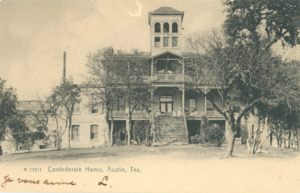
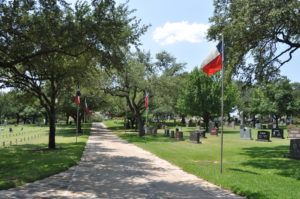
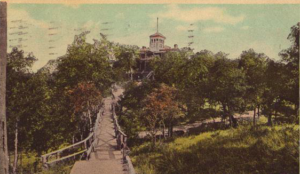

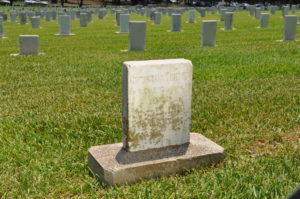
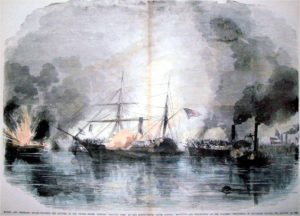
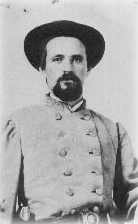
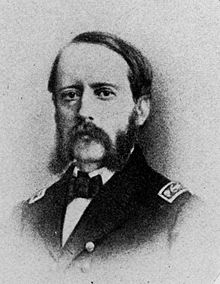
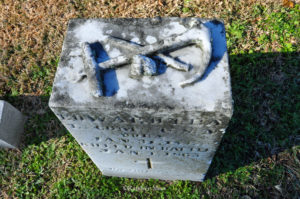
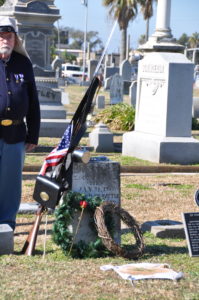
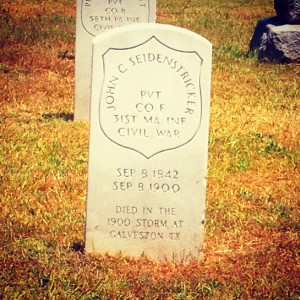
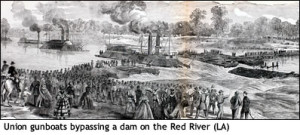 From there, Johann took part in the Red River campaign and was engaged with loss at Sabine Cross Road on April 4, 1864. He re-enlisted during the winter and left on July 21 for furlough in Massachusetts, returning to Donaldsonville in November.
From there, Johann took part in the Red River campaign and was engaged with loss at Sabine Cross Road on April 4, 1864. He re-enlisted during the winter and left on July 21 for furlough in Massachusetts, returning to Donaldsonville in November. While in New Orleans he met NOLA native Married Elenora Johanna Phillippi (1842-1906). They married on September 10, 1866 at St. Matthew’s Evangelical Church in Carrollton, Louisiana.
While in New Orleans he met NOLA native Married Elenora Johanna Phillippi (1842-1906). They married on September 10, 1866 at St. Matthew’s Evangelical Church in Carrollton, Louisiana.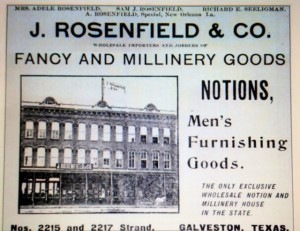
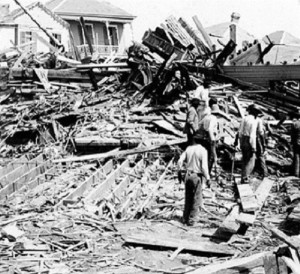 On September 8, 1900 a hurricane which is still the nation’s worst natural disaster struck the city, smashing buildings and killing thousands of people. John was one of those lost in the tragedy. It was the day after his birthday.
On September 8, 1900 a hurricane which is still the nation’s worst natural disaster struck the city, smashing buildings and killing thousands of people. John was one of those lost in the tragedy. It was the day after his birthday.